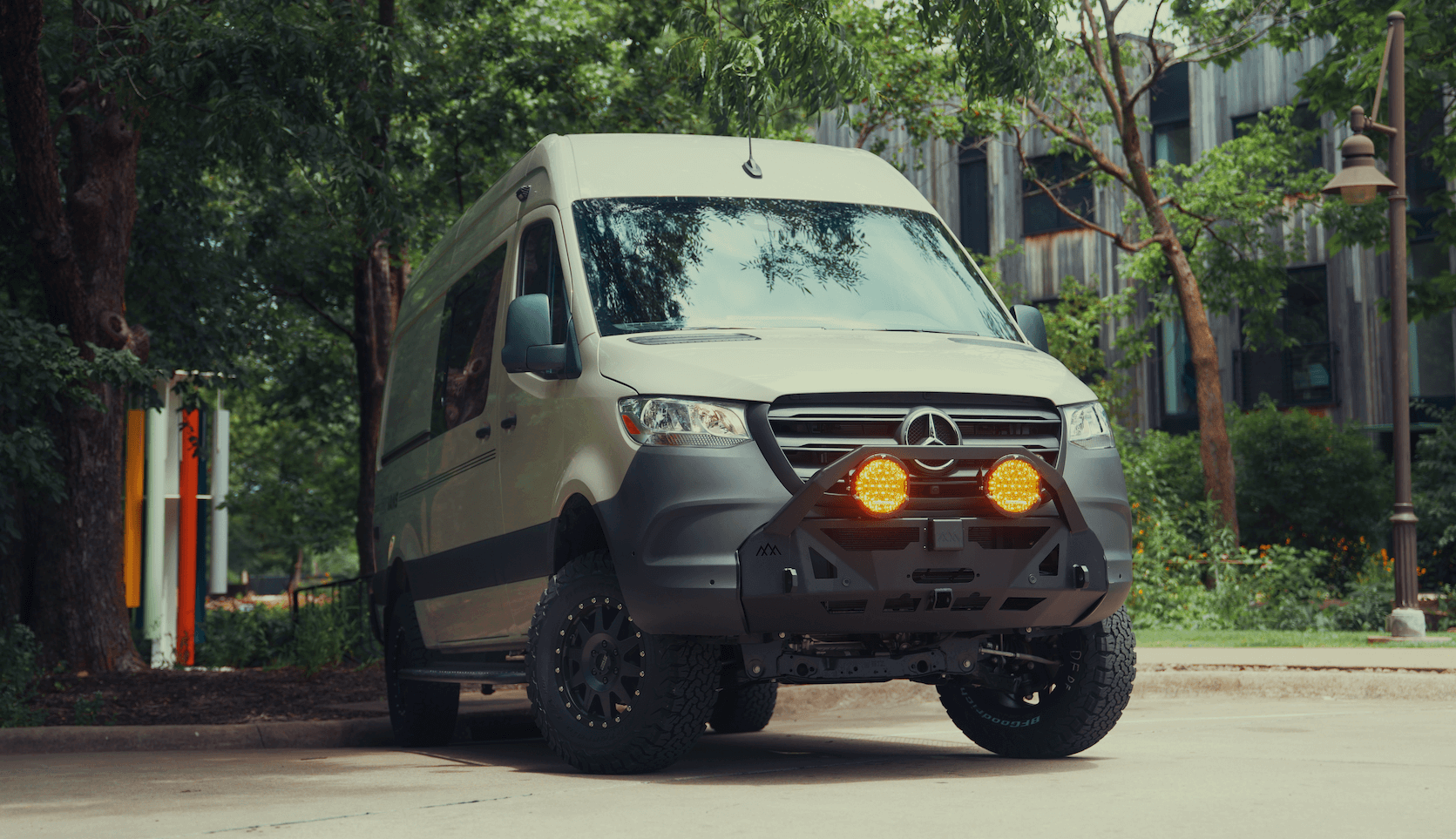Recreational Vans

Group seating plus bunks brings two competing needs into one footprint. You want a true lounge where conversation and meals feel natural, and you need stacked sleeping that fits real human bodies without cluttering the aisle. The best layouts solve both by making the day zone convertible and the night zone predictable, while keeping safety at the core.
Think first about seating orientation. Forward facing belted positions with head restraints reduce fatigue and meet safety expectations. Side facing benches feel social but often complicate proper restraint use, so many travelers reserve them for camp mode while relying on tested forward facing rows while driving.
Bunk sizing drives comfort. Adults do well with 28 to 32 inch widths and at least 72 inches of length. Kids can sleep comfortably on 24 inch wide bunks that are cut to length with growth in mind. Keep knee and shoulder clearance consistent along the full bunk length to avoid pressure points.
Ventilation and airflow matter more than most people expect. Upper bunks run warmer, lower bunks run cooler, so plan cross breeze using windows, vents, and quiet fans. Aim for a vent near the ceiling and an opening low on the opposite wall to move air across sleepers without drafts.
Lighting layers keep the space flexible. Overhead ambient light for group time, task lighting over the table, and individual bunk lights with dimmers for reading. Warm color temperatures help wind down, while brighter neutral light supports daytime activities and cleanup.
Storage is the third pillar. Under bunk pull outs handle soft goods and camp items, while a shallow cabinet at foot or head height prevents clutter migrating to the lounge. Use soft close hardware to avoid late night noise and latches that stay shut during rough roads.
Safety begins with certified seats and proper anchoring. For travel positions, look for seating that meets automotive standards with integrated belts or approved anchor points. Mounts should be tied into structure, not just floor skin, and follow manufacturer torque specs. Clear the window zones for emergency egress and keep a direct path from bunks to exits.
Bold fabrics and resilient finishes make cleanup fast. Marine grade vinyl resists spills, while advanced woven fabrics with stain guard feel softer and breathe better. For bunks, closed cell foam pads resist moisture and are easy to wipe, while high quality memory foams improve sleep if you manage condensation.
Sound and thermal control shape comfort for groups. Acoustic insulation tames conversation echo in the lounge, and thermal insulation reduces temperature swings that disturb sleep. Pair that with a quiet heater or rooftop AC sized to the cabin volume for consistent rest across all bunks.
Convertible furniture ties the concept together. A U shaped lounge with a removable table seats a crowd, then drops to form a lower berth. Above it, fixed or flip down bunks preserve the aisle and keep setup quick. Hinged slat systems distribute weight evenly, while aluminum frames hold up to travel vibrations without groans.
A U lounge fits snacks, card games, and camp chats without isolating anyone. Face to face dinette benches shorten the distance for meals and laptop work. A compact two plus one row provides forward facing positions with proper belts while leaving space for a convertible rear lounge. Whichever you choose, measure shoulder span and knee clearance for your tallest traveler so the last row stays comfortable on long drives.
Add dedicated bins for table legs and fill cushions so transition remains tidy, and label clips for fast setup in the dark.
Travel seats should use tested hardware with reinforced anchor plates. Keep belt geometry correct relative to shoulders and hips, and avoid routing belts over armrests or sharp edges. Bunks must not block exits, and upper bunks need rails or netting high enough to prevent roll off, especially for kids.
If you add a ladder, make sure rungs are wide and non slip, and locate it away from door swings.
A balanced build rides better. Keep heavy items low and near the axle line to protect handling, and distribute storage evenly left to right. Choose aluminum or lightweight plywood for bunk frames, and ventilate mattress platforms with slats or perforated panels to prevent moisture buildup.
Privacy separates sleep from social hours. Curtains on ceiling track or quick mount panels give each bunk a cocoon effect, while also blocking stray light from the lounge. Small shelves or pouches at each bunk keep phones, glasses, and books from sliding into the aisle.
Power planning should serve both zones. USB C at every bunk, a couple of 120 volt outlets near the table, and reading lights on their own dimmers. Place switches where a seated person can reach them and label clearly so guests understand the system on day one.
When you are ready to translate a group seating plus bunks plan into a real adventure vehicle, a professional builder can align seating compliance, structural anchoring, power, climate, and finishes around your crew size and travel style. Explore our recreational vans, see how we custom build a van for families and teams, or review mainstream vans that finance more easily.
Tell us how many seats and bunks you need, who rides where, and what gear you bring. We will design seating that feels natural on the road and bunks that sleep like home, then deliver a handoff that teaches every switch and system. Start your plan with OZK Customs today.
Ready to turn a group seating plus bunks concept into a road ready build that rides safe and sleeps sound? Tell us how many seats and bunks you need, and we will spec tested seating, compliant anchoring, power, climate, and storage around your crew. Start your plan with OZK Customs today.
ADDRESS:
6159 E Huntsville Rd, Fayetteville, AR 72701
PHONE:
(479) 326-9200
EMAIL:
info@ozkvans.com